Russians were known as skilled combat pilots.
"It is imperative for the first to detect the enemy in the air, which will give an opportunity to seize the initiative, which means it will bring success ..." Catching "the enemy, the fighter pilot should not let him out of the" capture "until the last cartridge is spent, after which it is useful to indicate the desire to ram an enemy airplane. Such a maneuver often forces the enemy to land on our territory. ”
These lines belong to the captain Evgraf Kruten - the Russian pilot who developed the foundations of the tactics of domestic fighter aviation. Thanks to such fearless intellectuals, the Russian school of air combat was founded, from which more than a dozen aces came out.
26 AUGUST 1914. On that day, our compatriot Captain Peter Nesterov was the first in the world to open an account of air victories. At the end of the month, Austrian aviation began to operate on the South-Western Front - the First World War was already in full swing. Almost in the open was conducted intelligence. On August 25, the crew of one Albatross dropped a bomb to the home base of the Russian 11 squadron. The next morning, he reappeared above the location of our troops in the area of the town of Zholkva, near Lvov. Rising into the air, Peter Nesterov sent his "Moran" to intercept the enemy. Overtaking the enemy car, he knocked it with a rammed punch. Peter Nesterov did not become an ace, he himself died in the same battle.
The word "as" was established in aviation a little later. Translated from French means ace, distorted old French "Deus" -God. Initially, the official rank of ace was assigned to a pilot who won at least 5 registered victories (confirmed by three or more eyewitnesses of the battle) - in France, Great Britain and Russia and at least 7 - in Germany and Austria-Hungary. A little later, in order to obtain the rank of ace, it was necessary to shoot down at least 10 of enemy aircraft.
So, the ram could not become a rational combat method of air combat, and therefore military pilots of many countries were looking for a way to install on weapons. And 3 in November 1914 was a French military pilot Sergeant Roland Garrot, in conjunction with Major de Roses, invented a device that allows you to fire a machine gun through the plane swept by a screw of a working engine, before that, aircraft was used only for reconnaissance purposes. Soon, Moran-Solnay’s serial warplanes are equipped with the Garro novelty and a machine gun - it was installed parallel to the axis of the aircraft. In March, 1915, the aircraft rush into battle on different parts of the German-French front. Garro himself won three victories and, in fact, opened a row of aces. Garro's followers were many French pilots. They began to sow panic among the enemy. But it so happened that the first ace in April of the same 1915 was captured by the Germans, and they successfully used the already well-established principles of combat use of aviation. Moreover, designer Anthony Fokker, who worked in Germany, installed a machine-gun synchronizer on the plane, which greatly increased his combat capabilities. Fighter planes appear, and after them the aces - French, German, Russian, Austrian ...
The first to form was the French school of air combat, and, by the way, many Russian pilots went through it. In 1916, the French had large fighter units. The German ace Manfred von Richthofen in his memoirs of the French fighters called "magicians." “They like to set up traps, to attack by surprise,” he noted. It is not easy to do this in the air and it is not difficult to avoid the trap, since the enemy's plane cannot hide in the air, and the invisible plane has not yet been invented. Therefore, only newbies can fall for such tricks. However, the Gallic blood sometimes manifests itself, and then the Frenchman attacks ... ".
The strongest representative of the French school of air combat, Captain Rene Paul Fonck, won 75 victories. On the account of captain George Ginemera - 54 won the match. The third result - Lieutenant Karls Nenezesser - 43 victory. In the French Air Force in the first world 52 pilot shot down at least 10 aircraft each. In total, they destroyed the enemy's 908 machines. French pilots have achieved major victories in their own production of fighters - Moran-Solnier N, SPAD-VII designed by Louis Beshero, SPAD-VIII, Newpore 11 and Newpore 17. So, SPAD-III (it was fought by aces - Fonk, Ginemer, Nenezser), equipped with a 150-strong engine, developed a speed of about 180 km / h and was the fastest of all military aircraft. His armament is one synchronous machine gun with a large supply of cartridges - 500 pieces.
But the achievements of the pilots of the British Air Force (they also came from Canada, Australia, New Zealand, some African states). On the account of Major Edward Mannok 73 shot down the plane, Major William Bishop (England) - 72, Major R. Collishou (Canada) - 60. 29 English pilots scored more than 10 victories each, destroying the 681 aircraft. If we take into account the achievements of the pilots of the states that were part of Britain, the result is more weight. Thus, the most successful pilots 18 scored more than 35 victories each, shooting down a total of 881 aircraft. English aces fought on the De Havilland DH2 fighters, Bristol F2, Sopwith E.1. Kemel. In the US Air Force, the 10 pilots became aces, destroying the enemy vehicles with 142.
American pilots fought in the Air Force of other countries of the Entente, and therefore the total score of US aces is over weight - 293 shot down the aircraft. Captain Edward Rickenbacker, the strongest pilot, won the 26 aerial fights. The number of aces of the first world included and 9 Italian pilots, shooting down an 183 aircraft. The most productive of them - Francisco Barakka - 34 aerial victories. The Belgian pilots bravely fought, three of whom destroyed more than 10 enemy planes each. And the leader, Lieutenant Willie Coppens, won 37 victories.
Russian pilots have also established themselves as masters of air combat (talk about them ahead). In total, the aspirants of the Entente were shot down over 2.000 German aircraft. The Germans admitted that they had lost 2.138 aircraft in air battles and that they had not returned from enemy positions around 1.000 vehicles.
Against this background, the achievements of the German aces look more significant. In the German Air Force 161, the pilot had 10 on his account and more air victories (not a single country had such a number of aces). They destroyed the enemy's 3.270 machines. Many aviation specialists believe that the personal primacy behind the German ace is Captain Manfred von Richthofen. According to them, he shot down the largest number of enemy aircraft - 80, according to other sources - near 60. 62 victory in the asset has a senior lieutenant Ernst Udet, 53 - senior lieutenant Ernst Levenhardt. Among the Aces and allies of the Germans - pilots of the Air Force of Austria-Hungary. So, captain Godwin Brushovsky won the 40 fights.
During the war, German pilots used Albatros D.III and Albatross DV, Fokker E.SCh, Fokker D.VII, Fokker D.VIII and other modifications (in particular, Manfred von Richthofen fought on the Fokker Dr-1 fighter), Juncker D1.
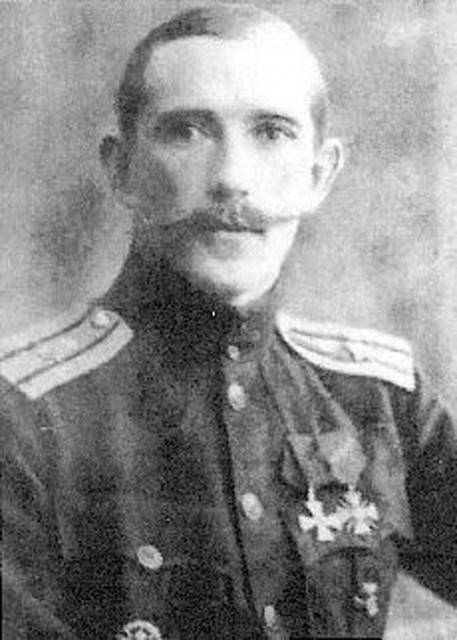
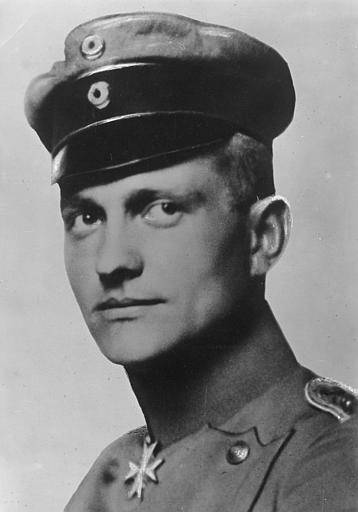
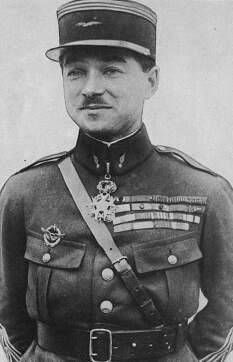
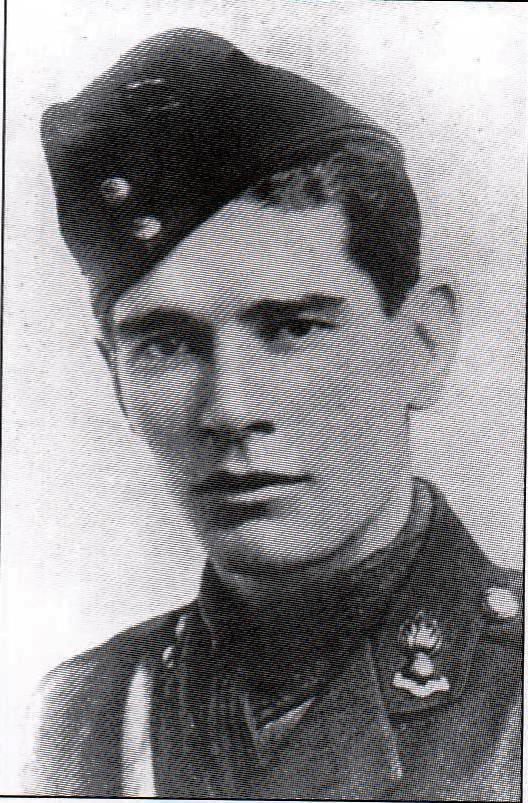
NOW about the most effective pilot of the first world. A thorough analysis of the documents and literature on the use of fighter aircraft in 1914-1918 shows that it is the French pilot Rene Paul Fonck with 75 air victories. Well, what about the German ace Manfred von Richthofen, who some researchers attribute to 80 destroyed enemy planes and consider him the strongest ace of the first world war? There is reason to believe (based on serious research of some experts) that 20 victories of Richthofen are not reliable.
And what are the achievements in the first world of Russian pilots? First, we note that the first fighter squadrons in the Russian army were created at the beginning of 1915. One defended Warsaw, the second protected the royal rate from attack from the air. In the spring of 1916, 12 fighter units are formed — one for the field army. In the same year, in connection with the fact that Germany transferred a greater number of aircraft to the east, front-line fighter units were created. Russian pilots fought on French-made aircraft; in 1915, the first domestic-made fighter Sikorsky C-16 appeared.
The largest number of victories from Russian pilots was won by the staff captain Alexander Kazakov - 17 (unconfirmed, taking into account the downed aircraft that fell on the territory occupied by the enemy - 32). The war for him began on December 29 of the year 1914, when, after graduating from the Gatchina Military Aviation School, arrived on the Western Front in the 4 corps squadron. In our understanding, there were no fighters at that time, and he was the first enemy aircraft to hit a French-made Moran-Zholn'e high-speed monoplane with a ram attack. 1 April 1915, the captain discovered a German Albatross biplane west of the Vistula near the village of Guzov, caught up with him and hit the wheels, the German plane flew down. And then there were new and new air victories.
Headquarters captain Evgraf Kruten shot down 15 (20) of enemy aircraft, captain Peter Argeyev - 15. Despite the modest result compared with the aces of other countries, the Russian were known as skilled combat pilots who used perfect tactics. French military pilot Jean Duval, who watched the actions of the Russian fighter pilots on the Eastern Front, advised his colleagues: “Do coups through the wing, corkscrew, peak and other numbers in relation to the enemy doing the same. Exactly calculate the distance from where you came out, take a position for shooting, having a machine gun already aimed at the target, and all this in a quarter of a second - only then there will be success ... "
Many tricks in the arsenal of air combat introduced Evgraf Kruten. His most sophisticated techniques are attack with a height advantage, the passage from the sun in 50-100 meters below the enemy, a steep combat turn to the tail of an enemy airplane. Fire Kruten opened from a short distance - 19-15 meters. The best pilots of Germany and Austria in battles with him invariably suffered defeat. Thus, Austrian ace ober-lieutenant Frank von Linko-Crawford (30 wins) “crossed swords in the air” with Kruten three times and, as the Austrian himself noted, was forced to “descend” (land) each time to save his life. On the Eastern Front, Krutenu was not equal.
Other Russian pilots fought masterfully. The observer of one of the Austrian newspapers noted that "Russian pilots were and remain for us the most dangerous enemy, more dangerous than the French." Here is how!
RUSSIAN AIR FIRST WORLD ASA
2. Staff Captain Evgraf Kruten 15 aircraft
3. Captain Peter Argeev 15 aircraft
4. Lieutenant A.P. Seversky 13 aircraft
5. Lieutenant Ivan Smirnov 12 aircraft
6. Lieutenant Mikhail Safonov 11 aircraft
7. Captain Boris Sergievsky 11 aircraft
8. Ensign Edward Thomson 11 aircraft
9. Ensign Konstantin Artseulov around 10
x - Only confirmed victories are shown in the table.
x - Some researchers believe that Russian pilots P. Marinovich, V. Fedorov, I. Orlov shot at least 10 enemy aircraft each, and E. Pulpe, G. Suk, O. Teter, J. Makhlapu, V. Yanchenko and more eleven pilots no less than 5.
FOREIGN AIR FORES WORLD FIRST
2. Mannock (England) 73 aircraft
3. Bishop (England) 72 aircraft
4. Udet (Germany) 62 aircraft
5. Manfred von Richthofen (Germany) 60 aircraft
6. Guynemer (France) 54 aircraft
7. McCaddy (England) 54 aircraft
8. Levenhardt (Germany) 53 aircraft
9. Fallard (England) 48 aircraft
10. Voss (Germany) 48 aircraft
11. Rumei (Germany) 45 aircraft
12. Berthold (Germany) 44 aircraft
13. Beimer (Germany) 43 aircraft
14. Point (England) 43
15. Nengesser (France) 43 aircraft
16. Leser (Germany) 41 aircraft
17. Madon (France) 41
18. Jacobs (Germany) 41 aircraft
19. Belke (Germany) 40 aircraft
20. Brushovsky (Austria) 40 aircraft
21. Buechner (Germany) 40 aircraft
22. Lothar von Richthofen (Germany) 40 aircraft
23. Menkgoff (Germany) 39 aircraft
24. Gonterman (Germany) 39 aircraft
25. Coppens (Belgium) 37 aircraft
x - The assets of aces - destroyed enemy aircraft and balloons. Unconfirmed air victories have been recorded on the account of some pilots.
x - Of the British Aces in the table are only the British.
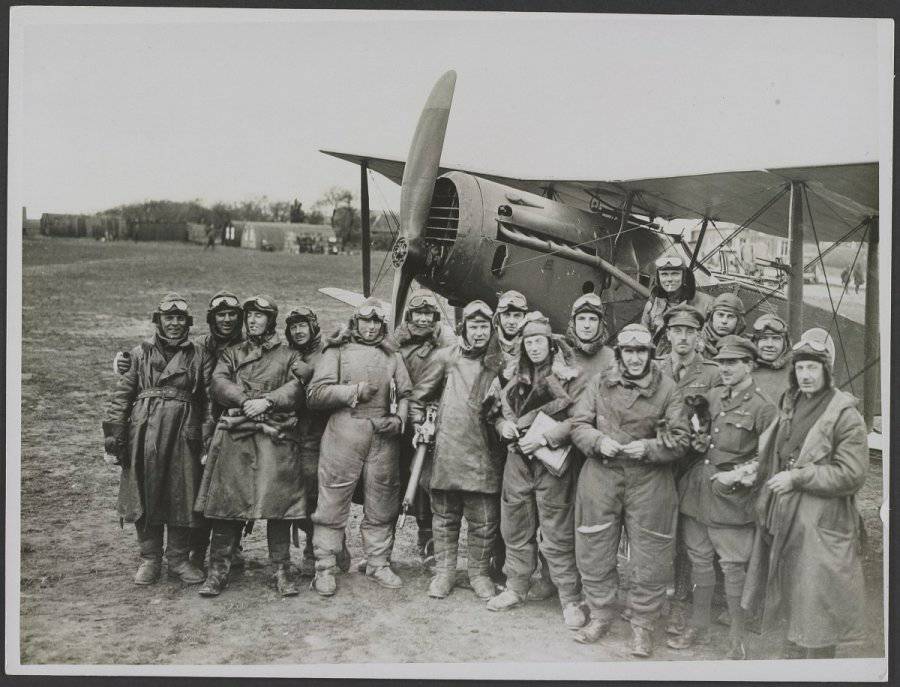
Information